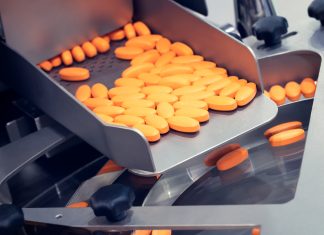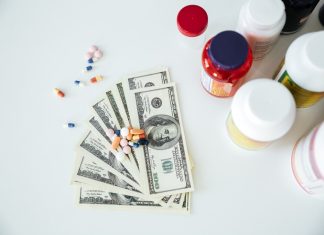On June 7th, 2023, Decree No. 1495-r was signed by the Prime Minister of the Russian Federation, Mikhail Mishustin. The Pharma-2030 initiative was approved under this decree, which outlines a plan for advancing the pharmaceutical industry until 2030. As stated in the published document on the government website, the Ministry of Industry and Trade is required to present an action plan for executing the strategy within six months.
On June 19, during a meeting with deputy prime ministers, Mikhail Mishustin emphasized the urgency of promptly taking critical decisions to ensure that the strategic plan and tasks are executed systematically.
The aim of the document is to safeguard the self-sufficiency and safety of the country concerning drugs. To achieve this, the document outlines a set of tasks such as developing and producing new drugs, promoting advanced technologies and innovations among enterprises, and enhancing the competitive edge of Russian manufacturers within both national and international markets, local and global markets. The solution of these tasks should lead to certain key indicators in the field of the pharmaceutical industry by 2030.
Based on the baseline scenario, the share of locally manufactured medicines in overall consumption will surge from 61.8% to 66.6% this year, while the value of exported medicines will dramatically rise from $1.28 billion to $3.4 billion. By 2030, it is anticipated that 80% of the drugs listed as strategically significant and manufactured through a full-cycle process will be Russian-made. The current figure is 67.44%.
The Ministry of Industry and Trade has expressed approval for the outcomes of the previous relevant scheme called “Pharma-2020” in the official report. In the span of its validity, spanning from 2009-2022, the drug production volume in Russia underwent a staggering increase of 533.3%, rising from 96 billion rubles to 607.9 billion rubles. Meanwhile, the ratio of locally-produced drugs augmented from 24% to 36%.




